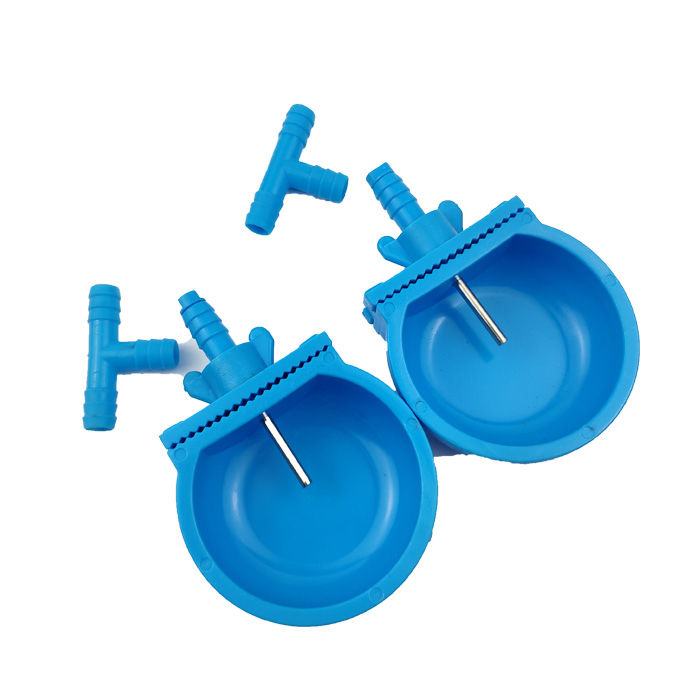Optimal Cages for Chicken Layers - Enhance Egg Production and Welfare
Sep . 06, 2024 02:16 Back to list
Optimal Cages for Chicken Layers - Enhance Egg Production and Welfare
The Importance of Cages for Chicken Layers A Closer Look
In the poultry industry, especially among egg-laying hens or chicken layers, the type of housing provided significantly impacts the birds' welfare, egg production, and overall farm efficiency. Cages for chicken layers have been a widely debated topic, often viewed through the lenses of animal welfare, production efficiency, and sustainability. Understanding the role and impact of these cages is essential for farmers, consumers, and policymakers alike.
The Importance of Cages for Chicken Layers A Closer Look
However, the welfare of hens in caged environments has sparked significant concerns. Critics argue that battery cages severely restrict the natural behaviors of chickens, such as nesting, perching, and dust-bathing. This confinement can lead to physical and psychological stress, resulting in increased aggression and pecking among hens, a phenomenon known as “cannibalism.” These welfare concerns have prompted many countries and regions to reconsider their regulations concerning cage sizes and farming practices.
cages for chicken layers

In response, some farms have begun transitioning to enriched cage systems, which provide slightly more space and amenities such as perches, nesting boxes, and scratching areas. These environments allow hens to express more natural behaviors while still maintaining some benefits of caged management. Although enriched cages require more space and initial investment, they have shown positive results in terms of hen welfare and, surprisingly, even egg quality.
Free-range and cage-free systems have gained popularity as consumers increasingly demand ethically produced food. These systems allow hens to roam outdoors or in larger indoor environments, fostering better welfare. However, they pose challenges in terms of managing feed costs, disease control, and environmental impacts. The shift from caged to alternative systems may benefit animal welfare but could lead to higher prices for consumers, as production costs increase.
Sustainability is another critical aspect of the discussion surrounding chicken layers' housing. Caged systems can be more resource-efficient, utilizing less land and water while producing a higher yield. However, the environmental impact of feed production, waste management, and potential emissions must also be considered. Farmers must balance these factors to minimize their ecological footprint while fulfilling consumers' ethical expectations.
In conclusion, the choice of housing for chicken layers encompasses a complex interplay between efficiency, welfare, and sustainability. Cages have played a significant role in shaping the poultry industry, contributing to increased production levels. Nonetheless, evolving consumer preferences and mounting animal welfare concerns necessitate a reevaluation of these practices. As the industry moves towards more humane and sustainable methods, collaboration between farmers, consumers, and regulators will be vital in crafting solutions that respect both animal welfare and the demands of a growing population. The future of chicken layers may lie in innovative approaches that harmonize productivity with ethical considerations, paving the way for a more sustainable poultry industry.
-
Hot Sale 24 & 18 Door Rabbit Cages - Premium Breeding Solutions
NewsJul.25,2025
-
Automatic Feeding Line System Pan Feeder Nipple Drinker - Anping County Yize Metal Products Co., Ltd.
NewsJul.21,2025
-
Automatic Feeding Line System Pan Feeder Nipple Drinker - Anping County Yize Metal Products Co., Ltd.
NewsJul.21,2025
-
Automatic Feeding Line System - Anping Yize | Precision & Nipple
NewsJul.21,2025
-
Automatic Feeding Line System - Anping Yize | Precision & Nipple
NewsJul.21,2025
-
Automatic Feeding Line System-Anping County Yize Metal Products Co., Ltd.|Efficient Feed Distribution&Customized Animal Farming Solutions
NewsJul.21,2025






